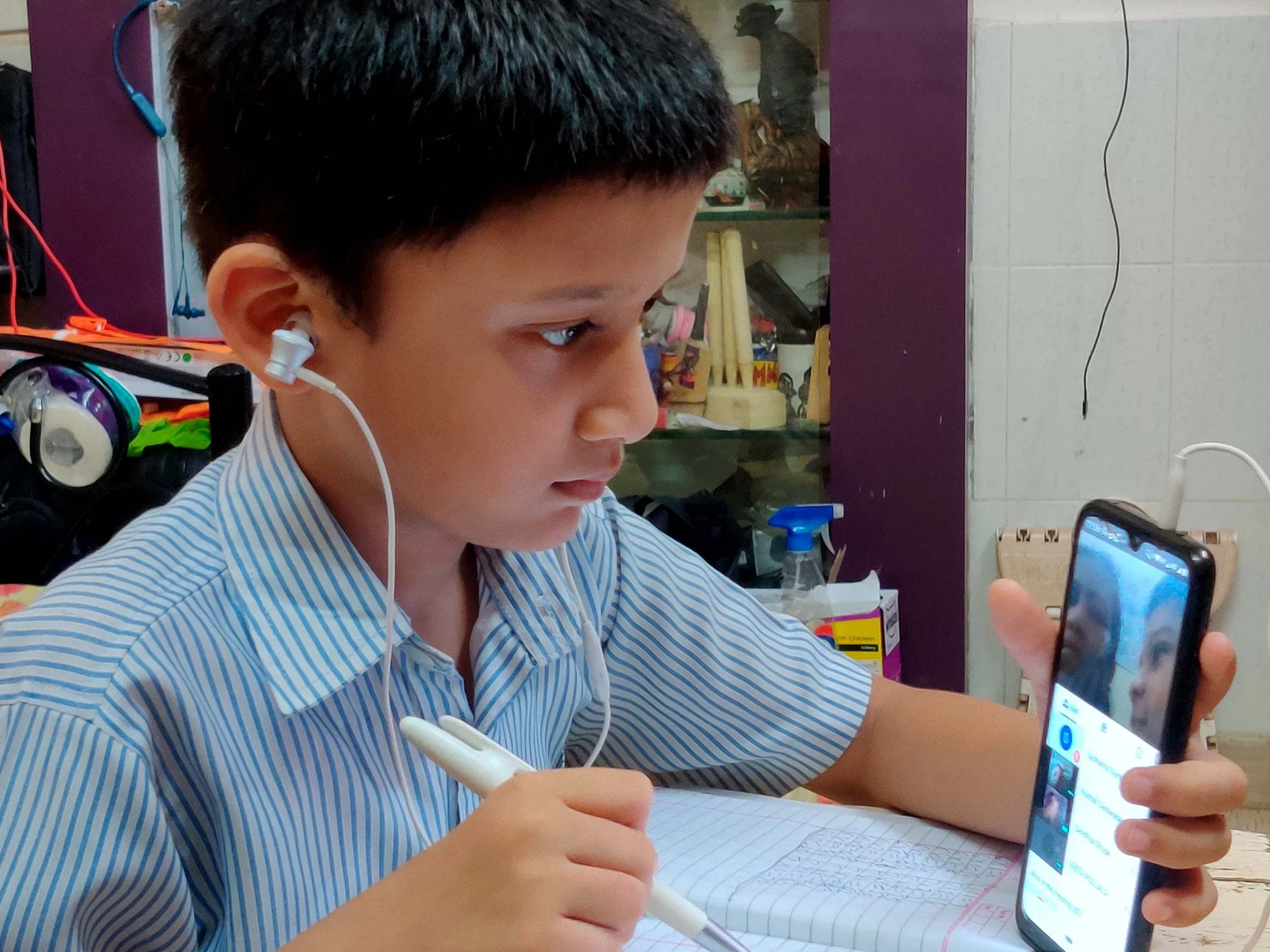As schools and universities across the globe were suddenly devoid of in-person classroom lectures, India embraced a new era of remote and immersive learning with exceptional speed and dedication.
What was once thought to be a ‘quick fix,’ has now become the ‘new normal’ over the last two years, and it appears that the hybrid model is here to stay, with schools actually embracing it.
Paradigm shift in education
India has seen development in the IT industry and a shift towards education; more than 4,450 EdTech businesses were created in India since 2014. The EdTech sector received a much-needed boost as a result of the Digital India campaign, which was assisted by over half a billion internet and smartphone users.
According to a report, the Indian EdTech industry was valued at $750 million in 2020 and is expected to reach $4 billion by 2025 at a CAGR of 39.77 percent. Virtual reality and augmented reality are increasingly changing the learning experience in the education field.
India, on the other hand, is not far behind in reaping benefits from such new and updated technology. Immersive learning is now transforming the educational system in schools and replacing textbooks.
What is VR and AR?
Augmented reality is a technologically augmented representation of the real world that is created by the use of virtual visual components, audio, or other sensory stimulation.
Augmented reality leverages the real-world environment and overlays virtual information on top of it. Virtual reality, on the other hand, engages users, allowing them to “inhabit” a completely new environment, like one generated by computers.
Users may be in an animated scene or a picture of a real-world location that has been integrated into a virtual reality program. Users can look up, down, or in any other direction using a virtual reality viewer as if they were truly there.
How are immersive technologies transforming Indian educational landscape?
Virtual reality can be used in several ways in modern-day learning. It may be used to educate students in history and geography by creating a fully realistic sense of location and time. People from different corners of the world can also visit places that are otherwise inaccessible.
Virtual reality in education is also very useful for content creation. AR and VR technologies help in the development of soft skills such as leadership, management, decision-making, problem-solving, and teamwork among students during their formative years, preparing them for the future.
Immersive technology has the potential to make learning experiences for students more interesting, effective, and equal. We have a lot of Ed-tech start-ups which are working towards incorporating VR and AR technology to bring a change in the education sector.
New opportunities will definitely develop as technology progresses and becomes more widely adopted. Going ahead, it will be critical to ensure that teachers have the skillset and expertise to incorporate immersive learning into their daily education as well as to provide chances for students and teachers to generate necessary content. Policymakers should encourage further innovation for easing content development and promoting initiatives to extend access to these technologies.
Source: Textbooks to immersive learning: A paradigm shift in education













